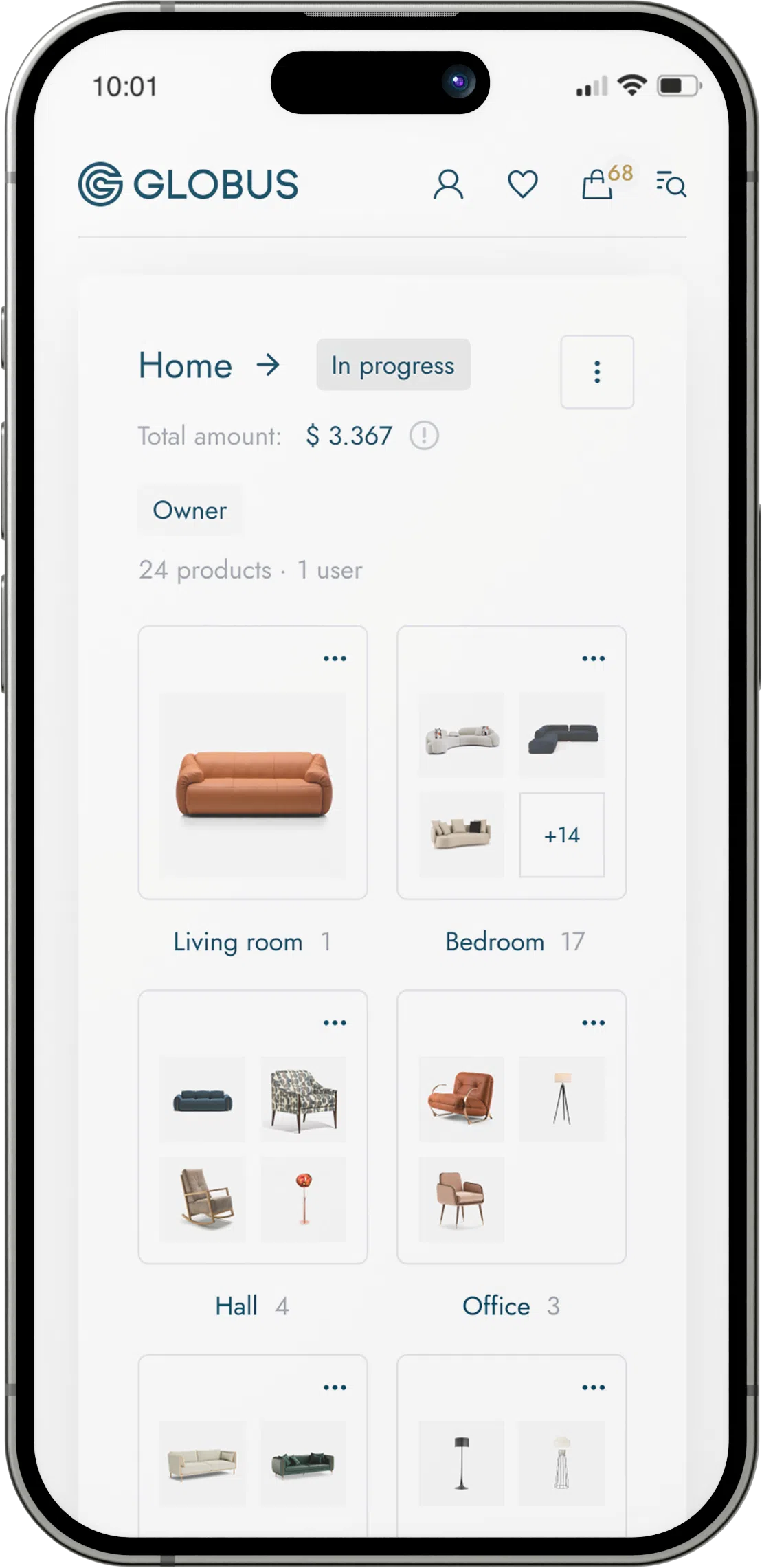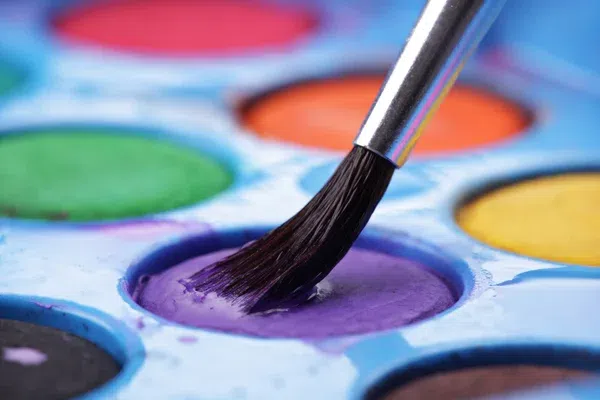Watercolor paints are comprised of pigments suspended in a water-soluble binder, typically gum arabic. Gum arabic is a natural gum made of hardened sap taken from two species of the acacia tree. This binder is what allows the pigments to be easily dissolved and manipulated with water. The properties of watercolor paint are distinct in several key ways:
Transparency: Watercolors are known for their transparent qualities. When applied to a surface like paper, the paint can be very sheer allowing the texture and color of the substrate to be an integral part of the overall appearance. On furniture, this would mean that the wood grain or underlying material could potentially show through the paint, contributing to the visual texture.
Layering and Blending: These paints can be layered effectively, with each wash of color influencing the overall hue and depth. This layering can be done on wood or other materials but must be approached carefully to avoid warping or damaging the material if it's not properly sealed or treated beforehand.
Dilution: The intensity of the color can be controlled by the amount of water used, allowing for a range of tones from very light to deeply saturated. Furniture applications might use this dilution technique to create ombre effects or transitions in color.
Reactivation: Once dry, watercolor paints can be reactivated with water, so they can be lifted or manipulated even after application. This can be both an advantage and a disadvantage, as it allows for corrections but can also mean that finishes are less permanent and require sealing to protect.
Lightfastness: Some watercolor pigments are more prone to fading over time when exposed to light. This would be a key concern when using them on furniture that might be placed in sunlit areas, making it imperative to use lightfast pigments or apply a UV-resistant sealant over the painted surface.
For a furniture application, watercolor paints would be more uncommon due to their lack of durability and potential for water damage. However, if used, the piece would need to be properly prepared--usually with a sealer or base coat to provide a workable surface--and thoroughly protected with a durable topcoat after the watercolor application to ensure the longevity of the artistic work. Watercolor on furniture would be a unique choice, often geared more toward artistic expression than practical durability.



